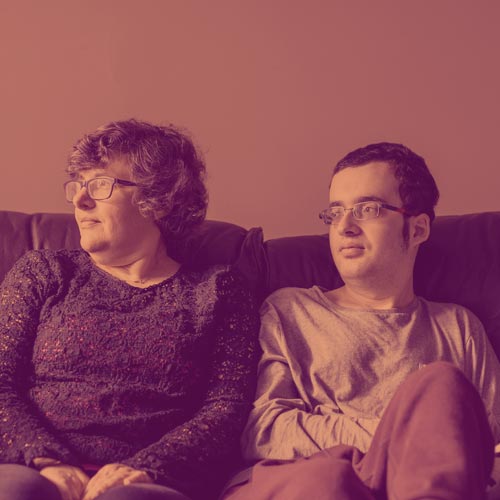How is Neurofibromatosis Type 1 diagnosed?
How is Neurofibromatosis Type 1 (NF1) diagnosed?
The way the doctor can tell if a person is affected with NF1 is to examine him or her to see if there are signs of the condition, so it’s important to keep an eye out for signs that might help a doctor diagnose NF.
There are specific features that the doctor will look for. NF1 usually appears in childhood and the diagnosis is confirmed if two or more of the following signs are present:
- Six or more flat, café au lait patches (brown coffee-coloured skin marks), which are the size of a pencil top or bigger. These usually appear during the first year of life and can increase in size and number. Café au lait patches are generally harmless and there is no connection between the number or size of café au lait patches and the severity of the condition. They sometimes fade later in life.
- Neurofibromas (small benign pea-sized growths or lumps) on or under the skin. These are a common feature of NF1. They usually appear during adolescence and tend to increase in number throughout life.
- Freckles under the arm or in the groin. Again, these are harmless but can be another sign of NF1.
- Plexiform neurofibromas. These represent growths around large nerves and can first appear as a swelling.
- Lisch nodules – these are small pigmented areas in the iris (coloured part of the eye). They are often not visible except during examination with an eye microscope called a slit lamp. Lisch nodules are harmless and never cause symptoms, but can help in making a diagnosis of NF1.
- Another close family member has NF1.
Why does a person develop NF1?
In around half the people who have NF1, the condition starts up in the individual because a change has happened on one of their genes. This happens before birth and there is no known reason why it occurs. For these individuals, no signs of the condition are found in either of their parents, making it most likely that the gene change (mutation) has occurred for the first time in the affected person. This is known as a ‘spontaneous/new mutation’. The other group of people who have NF1 have inherited the condition from a parent who has NF1.
In either case, at the moment, genetic blood tests are not routinely offered to check if a person has NF1. An experienced doctor diagnoses NF1 by physical examination. Sometimes the features of NF1 take time to appear and therefore it may not be possible to make an immediate diagnosis of NF1. You, or your child, may be asked to come back to see the doctor on another occasion, to be certain of the diagnosis. This can be a frustrating and anxious time for parents, or adults, who are under investigation; however, your doctor will want to be sure that the diagnosis of NF1 is correct.
NF1 does not skip generations. There are two ways in which it occurs: it crops up out of the blue as a first event in an individual, or it is inherited from an affected parent.








